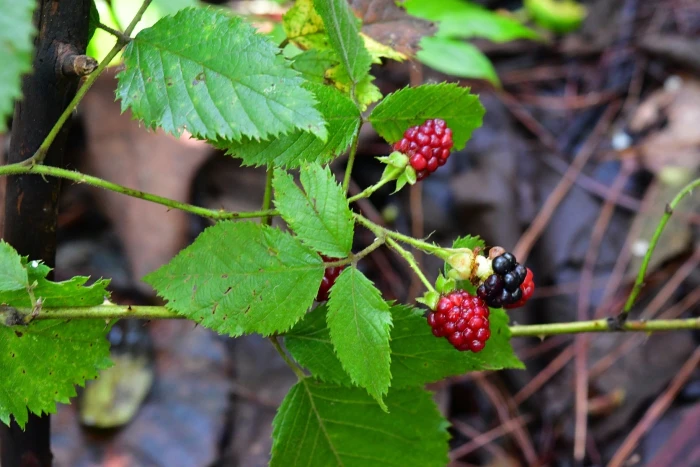Pringle’s Blackberry
(Rubus pringlei)
Pringle’s Blackberry (Rubus pringlei)
/
/

Neptalí Ramírez Marcial
CC BY 4.0
Image By:
Neptalí Ramírez Marcial
Recorded By:
Copyright:
CC BY 4.0
Copyright Notice:
Photo by: Neptalí Ramírez Marcial | License Type: CC BY 4.0 | License URL: http://creativecommons.org/licenses/by/4.0/ | Rights Holder: Neptalí Ramírez Marcial | Publisher: iNaturalist | Date Created: 2020-09-13T10:20:14-07:00 |













Estimated Native Range
Climate Requirements for Fleming Island, Florida
| This Plant | Your Site | Plant Suitability for Your Location | ||
|---|---|---|---|---|
| • Precipitation | 15" - 94" | 51" | Aquatic | Aquatic |
| • High Temp. | 60°F - 100°F | 91°F | Your summer temperatures are normal for this plant. | Excellent |
| • Low Temp. | 24°F - 58°F | 45°F | Your winter temperatures are normal for this plant | Excellent |
This plant may not grow well at your location - your precipitation is too high.
Summary
Rubus pringlei, commonly known as Pringle’s Blackberry, is a biennial bramble species native to the cloud forests and pine-oak woodlands of central and southern Mexico and Guatemala. It can grow up to 6.5 feet tall and is characterized by its hairless stems, trifoliate leaves, and white flowers that bloom in the spring. The flowers are modest in size but can be quite numerous, creating a delicate display. Following flowering, the plant produces dark purple, edible fruits that are typically enjoyed by wildlife and can be used in human consumption for jams and desserts.
Pringle’s Blackberry is valued for its fruit production and as a natural source of food for wildlife. It is not commonly cultivated in gardens but may be used in naturalized areas or for restoration projects. In cultivation, it prefers partial shade to full sun, moist but well-drained soils, and it tolerates a range of soil types. While not a common garden species, its ability to produce fruit and provide for wildlife makes it a potential candidate for inclusion in wildlife gardens or permaculture designs. Care should be taken as brambles can spread aggressively through their root system, potentially becoming invasive in favorable conditions.CC BY-SA 4.0
Pringle’s Blackberry is valued for its fruit production and as a natural source of food for wildlife. It is not commonly cultivated in gardens but may be used in naturalized areas or for restoration projects. In cultivation, it prefers partial shade to full sun, moist but well-drained soils, and it tolerates a range of soil types. While not a common garden species, its ability to produce fruit and provide for wildlife makes it a potential candidate for inclusion in wildlife gardens or permaculture designs. Care should be taken as brambles can spread aggressively through their root system, potentially becoming invasive in favorable conditions.CC BY-SA 4.0
Plant Description
- Plant Type: Shrub
- Height: 1-3 feet
- Width: 1-3 feet
- Growth Rate: Rapid
- Flower Color: N/A
- Flowering Season: Spring
- Leaf Retention: Deciduous
Growth Requirements
- Sun: Full Sun, Part Shade
- Water: Medium
- Drainage: Medium, Fast
Common Uses
Bee Garden, Bird Garden, Butterfly Garden, Edible*Disclaimer: Easyscape's listed plant edibility is for informational use. Always verify the safety and proper identification of any plant before consumption., Low Maintenance
Natural Habitat
Native to cloud forests and pine-oak woodlands of central and southern Mexico and Guatemala
Other Names
Common Names: Pringle’s Dewberry
Scientific Names: Rubus pringlei, Rubus mexicanus, Rubus occidentalis var. grandiflorus, Rubus occidentalis var. incisus, Rubus occidentalis var. mexicanus
GBIF Accepted Name: Rubus pringlei